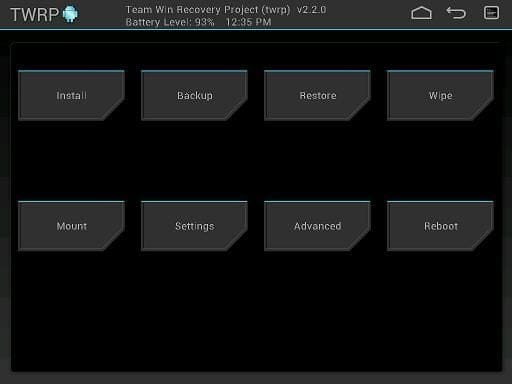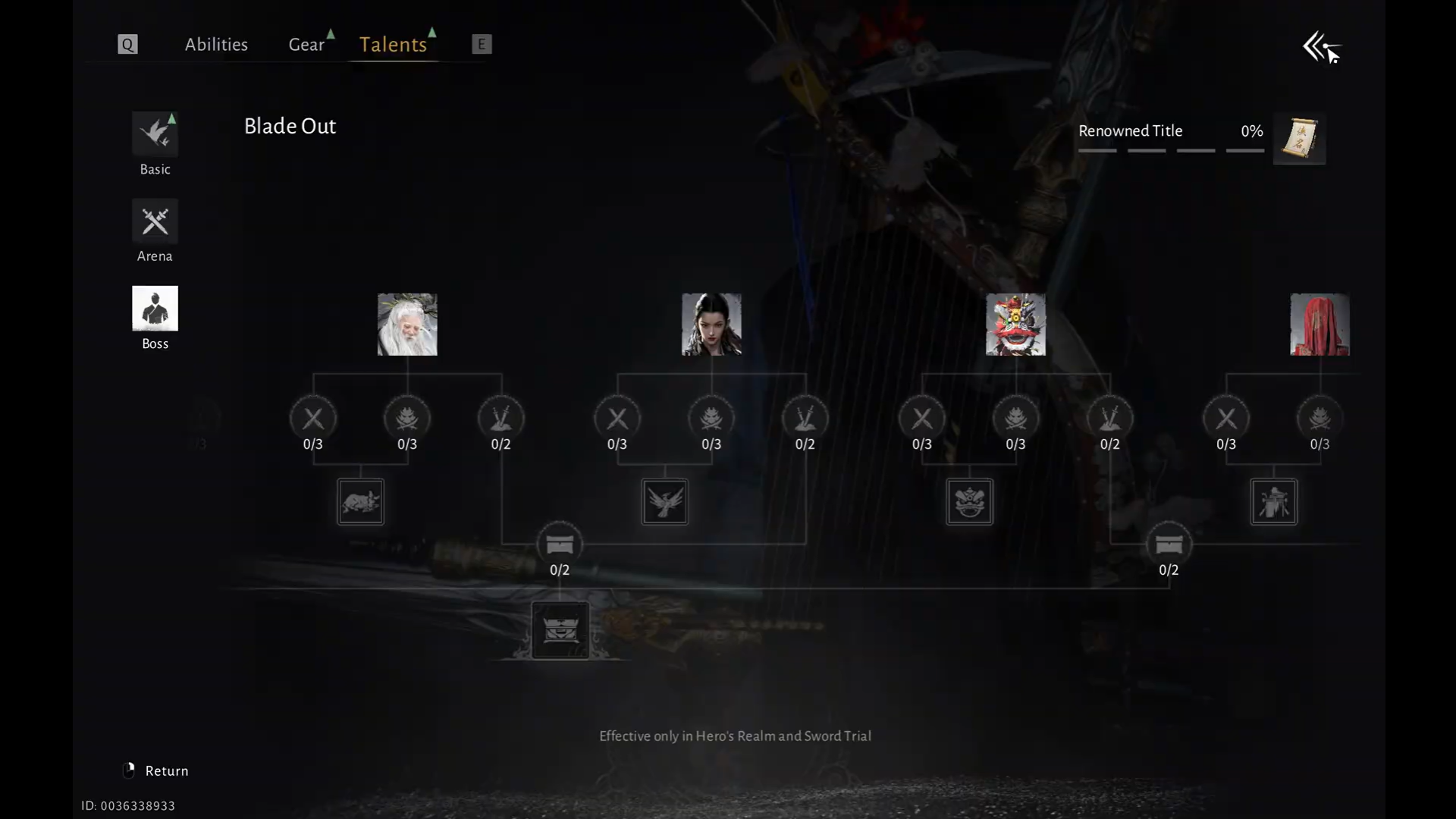Update (Nov. 12, 2013): This guide has just been updated to the latest TWRP, version 2.6.3.0.
Filename: openrecovery-twrp-2.6.3.0-manta.img
First install TWRP v2.6.3.0 in order to successfully update your Nexus 10 to Android 4.4 KitKat. See the Android 4.4 stuff for your Nexus 10 here.
As soon as the Nexus 10 had launched, we saw the most popular custom recovery used for flashing custom ROMs – ClockworkMod (CWM) recovery – get released almost immediately. But the text-only interface of CWM leaves a lot to be desired specially on the beautiful screen of the Nexus 10, but don’t worry, TWRP recovery, with its intuitive and theme-based interface has been released for the tablet as well.
Apart from having a nice interface, TWRP recovery has quite a few other useful features as well, such as fast backups and restores, ability to install ROMs even on encrypted phones, an inbuilt file manager and keyboard functionality, and themes support, making it the best custom recovery out there for any Android device.
However, keep in mind that to flash TWRP recovery (or any other custom recovery), you will need to unlock the bootloader on your Nexus 10. This will wipe all data from your tablet and reset it to factory settings (and will also void warranty, though it is easy to re-lock the bootloader to get warranty back).
The guide below will help you flash TWRP recovery on your Nexus 10. Make sure you read everything carefully, and you’ll have TWRP installed on your tablet in no time at all.
Compatibility
The procedure described below is only for the Samsung Nexus 10. Do not try it on any other device.
Warning!
The methods and procedures discussed here are considered risky, so try them out at your own risk, and make sure to read each step carefully before attempting anything. We will not be held responsible if anything goes wrong.
How to Install TWRP Recovery on Nexus 10
- The procedure to flash TWRP recovery involves unlocking the bootloader on the device, which will wipe everything on the device, including everything on your internal storage. First, backup installed apps and personal data such as contacts, messages, bookmarks, etc, by referring to our Android Backup Guide for help. Then, copy everything from the SD card to your computer, which will also include the apps and data you backed up.
- Your tablet’s bootloader will need to be unlocked to flash TWRP. You can unlock the bootloader on your Nexus 10 by following the guide → here. Make sure you took a backup in step 1 as this will wipe all data from the tablet and reset it to factory settings. Skip this if you already have the bootloader unlocked.
- Download and install the Android SDK → from here. This will install the necessary drivers for the tablet on your computer. Skip this if you have already installed the SDK while following step 2.
- Download Fastboot. Fastboot is what will be used to flash the recovery on the tablet.
Download Fastboot | Filename: Fastboot.zip - Extract the Fastboot.zip file you just downloaded to a convenient location on the computer to obtain a folder named Fastboot which will have four files inside it. To keep things easy, extract the Fastboot folder to drive C.
- Download the TWRP recovery image from here.
Filename: openrecovery-twrp-2.6.3.0-manta.img - Rename the recovery’s filename to something easier to type, like, n10twrp.img
- Copy the recovery image file, n10twrp.img, to the Fastboot folder that you obtained in step 5.
- Turn off your Nexus 10. Then, boot into fastboot mode by holding down the Volume Down + Power buttons together till the screen turns on and shows “Start” written in big green letters.
- Then, connect your Nexus 10 to the computer with your USB cable, then wait for Windows to finish installing the drivers (drivers will be installed only the first time). For reliability, ensure that you use a USB port at the back if you are using a desktop computer, as the front panel ports can be loose and cause problems.
- Click on Start menu » All Programs » Accessories, right-click on Command Prompt and click on Run as administrator. If you are using Windows 8, this can be done by right-clicking on the extreme bottom left corner of the taskbar, then selecting “Command Prompt (admin)”.
- Now, we’ll flash the TWRP recovery image on to the tablet. Follow the steps below to do so.
- Navigate to the Fastboot folder which you obtained in step 4. For example, if the Fastboot folder is in drive C on your computer, enter cd C:Fastboot in command prompt (and press Enter) to navigate to the folder.
- Then, enter fastboot devices. If your Nexus 10 has been detected properly, you will see a device ID show up in command prompt. If nothing comes up, make sure you have installed the drivers (see step 3).
- Now, flash TWRP recovery on the tablet by entering fastboot flash recovery n10twrp.img in the command prompt.
- After recovery has been flashed, you should see a “finished”/”OKAY” message in the command prompt.
- Do not close the command prompt or disconnect the tablet yet.
- TWRP recovery is now installed on your Nexus 10. Type fastboot reboot and hit enter to reboot your Nexus 10.
Let’s reboot into TWRP recovery now to confirm the installation.
For this, Power off our tablet. Enter Fastboot mode as given in step 9 above. Then, press Volume Up a few times till you see Recovery, and then Power button to boot into recovery mode.
You should see TWRP recovery now. If you don’t see TWRP recovery, then you got to do this:
- Do the steps 9 to 12 of the guide above again. And then continue to next step of this guide. That is, flash the TWRP recovery but DON’T REBOOT, then do step 2 here.
- Now, at a reboot, the system replaces any custom recovery with the stock recovery. We need to prevent that from happening so that TWRP recovery can stay on permanently. Here’s how that can be done:
- Type fastboot boot n10twrp.img in the command prompt and press Enter to reboot the tablet into TWRP recovery.
- In TWRP recovery, select Mount, then click on Mount system so that it turns to Unmount System with a cross in the box next to it. Then, go back to the main recovery menu by pressing back.
- Select Advanced » File Manager, then click on system to browse to the /system folder.
- Here, scroll to the bottom where there will be a file named recovery-from-boot.p. Tap on this file, select Rename File, then rename the file to recovery-from-boot.bak. This file restores stock recovery, but since you just renamed it, the system won’t be able to find it, thereby letting TWRP recovery permanently stay on your tablet.
- Go back to the main recovery menu, then click on Reboot, then click on System to reboot the tablet and boot into Android.
- TWRP recovery is now installed on your Nexus 10. To boot into TWRP recovery at any moment, turn off your Nexus 10 and boot into the bootloader mode using the button combination given in step 8. Then, using the volume buttons, scroll to the “Recovery mode” option, then select it using the power button to reboot the tablet into TWRP recovery.
TWRP recovery is now installed on your Nexus 10, and can be used to flash custom ROMs, kernels, and other modifications. Don’t forget to let us know if you run into any problems.













Discussion